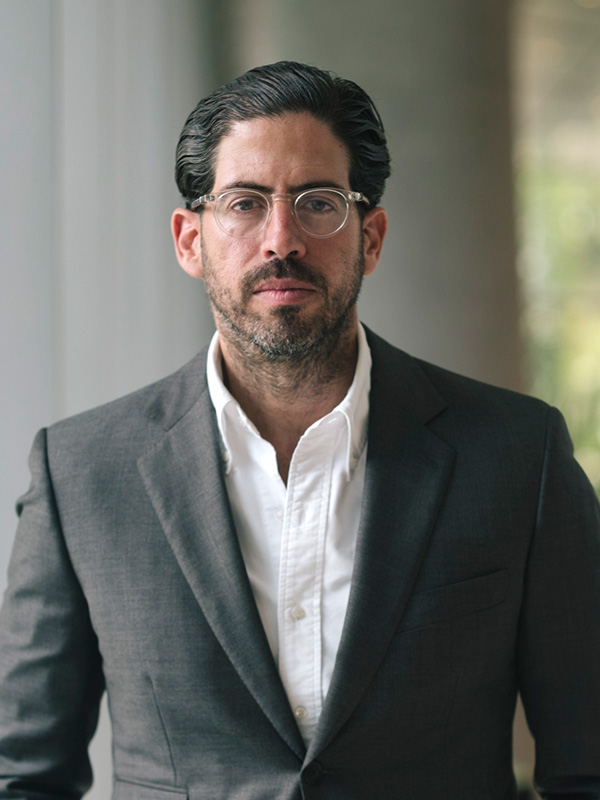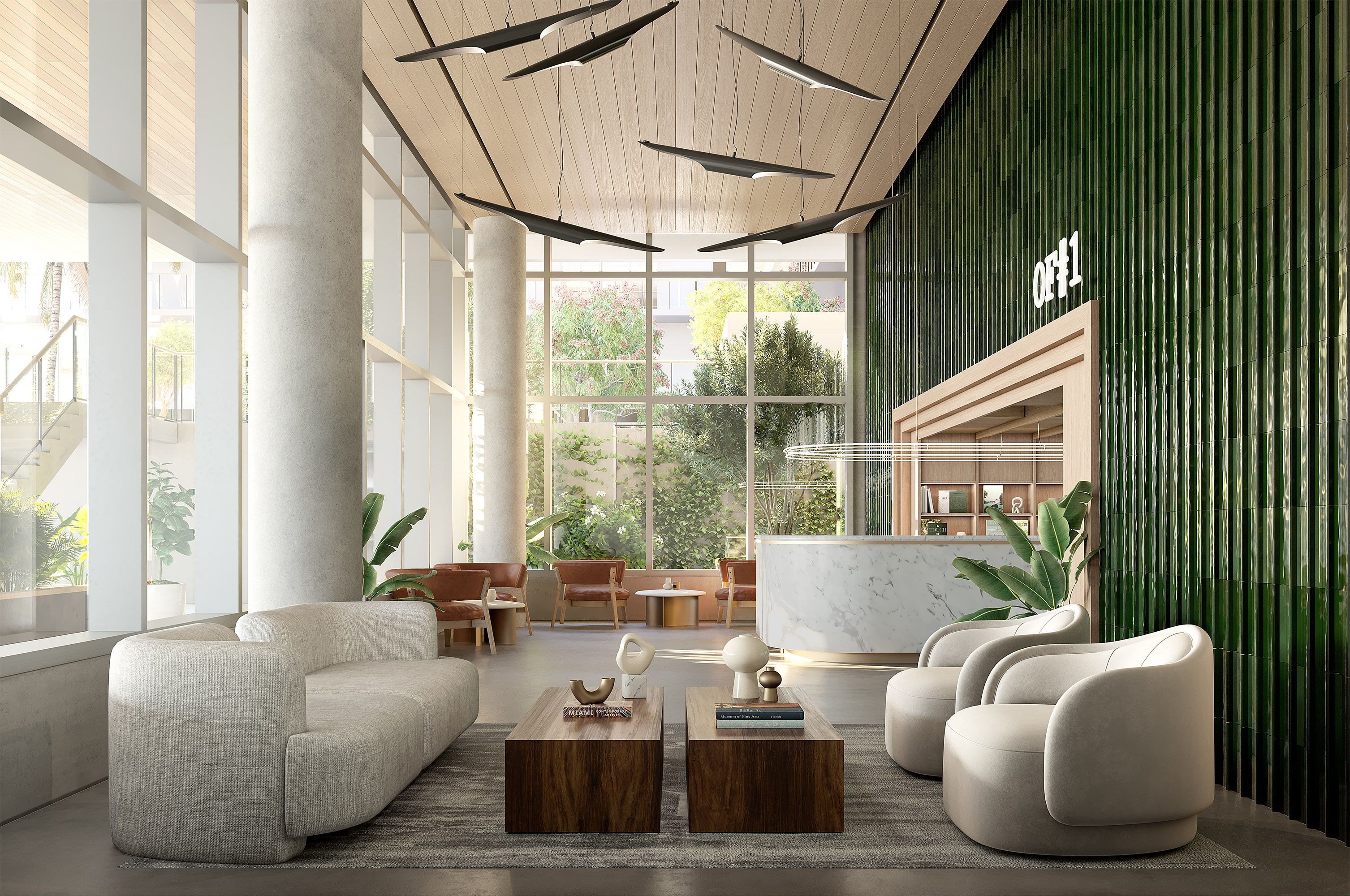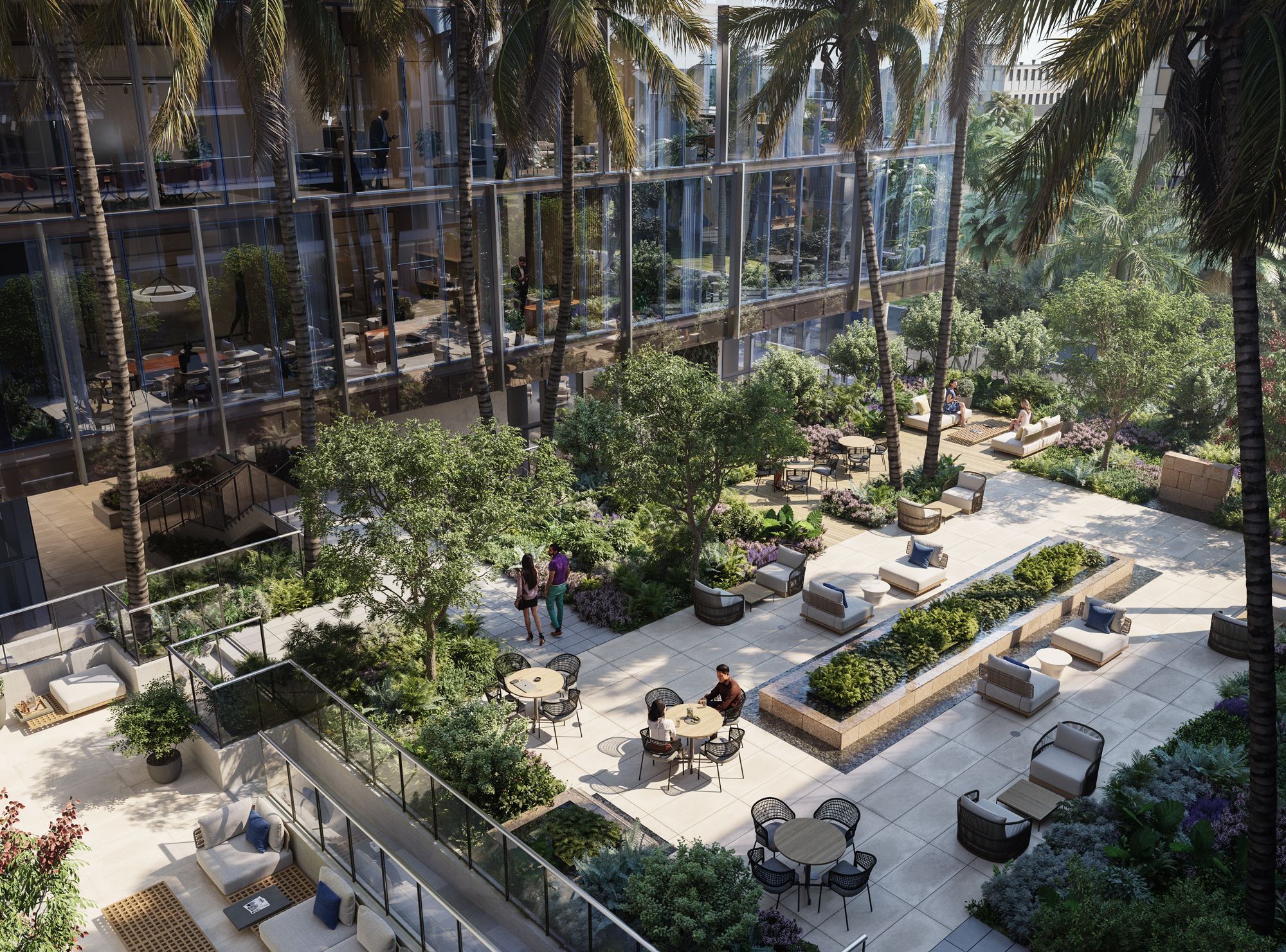
David Martin, CEO of Terra Group
For this installment of our Expert Insights series, we had the pleasure of speaking with David Martin, CEO of Miami-based development firm Terra. Mr. Martin has cultivated a portfolio of more than 5 million square feet of residential and commercial real estate valued in excess of $8 billion. The firm is active across all major real estate asset classes, including multifamily apartments; luxury condominium and single-family residences; retail and office space; hotels; and industrial properties.
Furthermore, Martin has also been and is currently involved in several boards and organizations, including serving as: a member of Miami-Dade County’s Biscayne Bay Task Force; an Advisory Board member for the University of Miami’s Masters in Real Estate Development + Urbanism (MRED+U) program; chair of the Neighborhoods Committee for The Underline, a 10-mile linear park now under construction in Miami; as well as an active member of the Sea Level Rise Committee.
An alumnus of the University of Florida, where he earned his undergraduate, MBA, and law degrees, Martin currently sits on the board for the UF School of Business.
Q: Tell us a little bit about your background and why you chose a career in real estate.
When I was living in Gainesville and attending graduate school at the University of Florida, I owned a coffee shop which became a gathering place for students and locals. Over time, I got to know our customers and we built a loyal clientele. That experience taught me the importance of community and illustrated how real estate — when executed and operated correctly — can bring people together. I soon returned home to Miami and pursued a career in real estate development alongside my father. That’s how Terra was born more than 20 years ago.
Q: What is the #1 challenge that the office market will be facing in 2023?
The number one challenge that the office market will be facing in 2023 is record-high vacancy and availability across the United States. National data shows the vacancy rate and sublease availability have reached record levels. Buildings with debt maturity may have trouble refinancing their assets and may go back to the lenders in some cases. Unlike national office market dynamics, the south Florida market has demonstrated strength achieving record-high rents; significant migration of company relocations and expansions into the market; and healthy absorption of Class A space across the region. South Florida vacancy continues to decrease, sublease availability is well below the national average, and demand for quality space continues. We, therefore, expect the local market to perform well over the course of the year as demand from companies migrating to Miami continues and there is limited new supply delivering the next 12 months.
Q: What differentiates the commercial real estate market in Florida from other major markets in the United States?
We are continuing to see a flight to quality for Class A office space, especially in the Miami office market. While some other major U.S. office markets — such as New York and Chicago — are challenged to find tenants, vacancy rates for commercial space in south Florida continue to decline.
Florida’s year-round sunshine and lower taxes continue to draw businesses and consumers to Miami, [thus] creating demand for Class A office space. We continue to see a wave of new-to-market tenants in Miami and expect this trend to continue. We started leasing our project, The Offices at THE WELL Bay Harbor Islands, earlier this year, and are receiving strong interest from an array of users ranging from financial services, including wealth management, private equity, and family offices to technology, legal services and professional services. We are getting inquiries from both south Florida-based and new-to-market users.
Q: How have the previous two years transformed the office market?
The ways in which people work continues to change as employees rethink their priorities, preferences and workplace expectations. The pandemic shifted ‘traditional’ working expectations and, as a result, many employees are now seeking flexible schedules and physical and mental health assistance. To meet the needs of employees’ work expectations today, companies are prioritizing health and wellness into the workplace through curated programming and amenities and seeking office space that caters to these needs.
Q: How have you seen the industry evolve in the last 10 years?
The core tenets of the industry remain largely unchanged, providing tenants and people with real estate that fits their needs. However, people’s needs and expectations have evolved significantly: E-commerce and 24-hour shipping have moved warehouses closer to city centers. Increased internet usage and cloud storage have caused explosive growth in the data center sector. The pandemic and subsequent funding has led to the growth of the life sciences sector across capable markets. More work from home has pushed the need for larger apartments to accommodate a separate working area. As it relates to the office sector, workplace trends have certainly evolved and have impacted the way an office building is designed; the outdoor and indoor common area spaces and amenities and services it offers; and how people work. Today, the world of work has changed and there is more emphasis on creating collaborative, multipurpose, flexible environments for privacy and gathering. Buildings that give access to transit/walkability [and] technology and that address wellness and sustainability are in high demand.
Q: Where do you see it going in the future?
Today’s employees want to work for companies they believe have their overall health and well-being in mind. As a result, more employers are looking for office space that incorporates innovative wellness amenities and practices to help support an optimal workplace environment for sustainable, overall health and wellness and to build team member resiliency and productivity.
The Offices at THE WELL Bay Harbor Islands, located in Miami’s Bay Harbor Islands, is at the forefront in supporting an ultimate holistic, 360-degree wellness lifestyle for tenants. It’s a first-of-its-kind, class A office building totaling 93,717 square feet across four floors and is part of the nation’s first THE WELL-branded, mixed-use real estate project. In addition to the office, it also features a six-story, luxury residential building with 54 branded residences for sale; more than 22,000 square feet of amenities, including a state-of-the-art fitness and wellness center; and a 6,500-square-foot signature food and beverage establishment.
Creating a culture of workplace wellness starts with nutrition, physical activity, communication, coaching and stress management. The Offices at The WELL Bay Harbor Islands address each aspect of workplace well-being, [thereby] providing companies [with] all the tools required to promote an optimal environment for sustainable, overall health and wellness.

The WELL

The WELL
Q: Are there any lessons from the past few years that you would impart as an absolute must for those looking to get into the CRE industry?
Be present to anticipate and be able to pivot and be nimble. What we have learned over the last few years is that just because something was a certain way doesn’t mean it is going to remain static. Clients’ needs change, tenants’ needs change, peoples’ needs change. Pandemics happen, economic cycles and the unforeseen that’s unexpected always happens. Our needs as human beings and the way we work have evolved and will continue to do so. It is vital to embrace learning, adapting and being proactive to identify the best solution.
Q: What innovations will enable a safer, more streamlined and more comfortable office experience going forward?
Buildings that focus on wellness and deliver opportunities to work inside and in beautiful outdoor spaces that connect us with nature and offices that are designed to enable collaboration between people in different places — but yet allow comfortable, private areas for work that requires concentration — are a must. Technology will continue to play a significant role and will be used in every aspect from building operations, communication, and connection with tenants and to implement sustainability initiatives. Wellness will play a big role in the workplace, as well as continued innovations in ESG [environmental, social and governance].
Q: What are you expecting to see in 2023 in terms of market trends?
Office buildings today should be designed to ensure that everything employees want and need to boost their productivity is available. Function, ease, and curated amenities should all be factored into workplace design to help entice employees to leave the comforts of their home office and head back into work.
Building owners that create office spaces to help enhance the employee experience will win out in the end. Custom-designed and flexible office spaces to fit a variety of needs; curated wellness and lifestyle amenities; access to ample outdoor space; and access to physical and mental health programming are key ingredients to creating successful workplaces of the future.
Interested in being interviewed for our Expert Insights series? Feel free to reach out to us at [email protected] or check out other articles from our series here.









